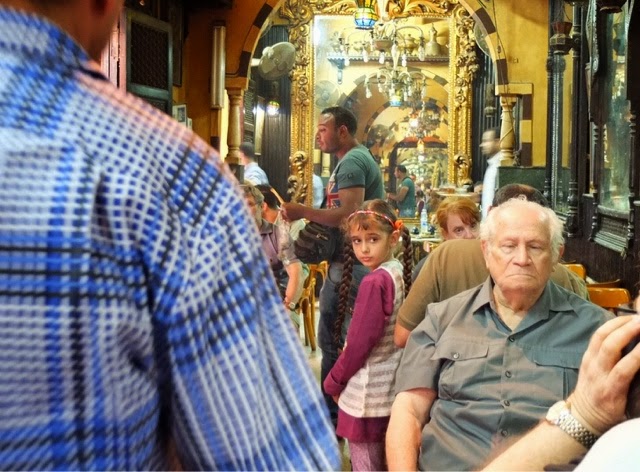Turkey beyond Istanbul has so far exceeded the Bazflyer's expectations. We traveled to Izmir on Turkish Airlines and this was a very professional and friendly experience. The terminal at Izmir airport is brand new. It has been constructed to a grand scale something which was emphasised when the passengers off our flight were its sole occupants.
We were somehow quite unprepared for the apparent abundant fertility of the land. Wide flat valley systems carpeted with olives, fruit, cotton, vegetables and more. However, as our historian guide pointed out this is precisely why early civilisations lived and prospered in this part of the world. The land was fertile, water was plentiful and building resources were readily to hand.
The ruins of Ephesus, which are still being excavated, tell of a magnificent and opulent city with a population of 250,000 inhabitants. But it is the story of the discovery of the ancient Roman city of Aphrodisias that captured the Bazflyers interest. In 1958 Turkish photographer Ara Güler was visiting a rural area and while returning to Izmir in the middle of the night he lost his way and decided to spend the night at the first village he came to. This turned out to be the small village of Geyre. When he saw the statues embedded in the coffeehouse walls and the carved marble tables, he was quite taken aback and asked where they'd come from.
The next morning Ara wandered awestruck through the village that had been build literally on the ancient city of Aphrodisias. He took photographs and, after first showing them to a few archaeologists, sent them to Kenan Erim, a Turkish archaeologist working at Princeton University at the time. Upon seeing them, Erim jumped on the first plane to Istanbul and proceeded immediately to Geyre. And so it all began...
The library at Ephesus




















































